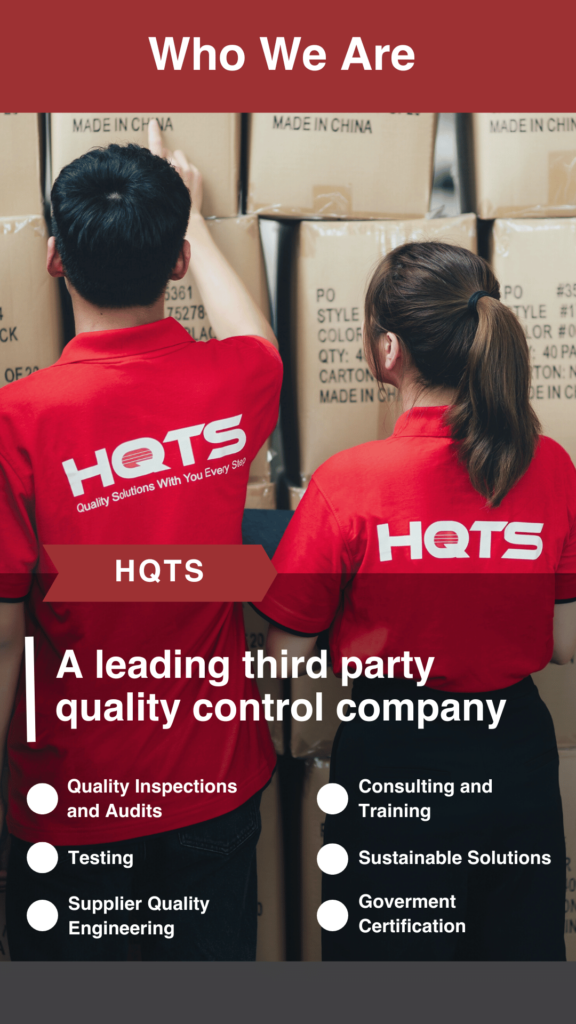The Spine Health Institute reports that some 72% of women wear high heels. Though timelessly fashionable, high heels can be quite uncomfortable: especially if they are poorly made. Wearing poor quality high heels can easily lead to chronic twisted ankles, foot damage, or even spinal issues. For this reason, it is important that brands produce and source only the finest quality high-heeled shoes for their customers.
A History
Women (and some men) around the world wear high heels for a number of reasons. Some want to feel more attractive, tall, powerful, or simply like the way they look: for some, it’s all of the above. Since their origins in 17th century Europe, high heels have primarily been a symbol of femininity, but not always. In fact, they were worn almost exclusively by men during the reign of Louis XIV in France! High heels have since become a staple of 20th and 21st century women’s fashion, and though their popularity is somewhat declining, remain at the forefront of current trends in haute couture.
Potential Chemical Risks
High heeled shoes are typically composed of multiple raw materials including leather, wood, plastic, rubber, fabric, animal hides, various compound cements and glues, and more. Chromium (VI) may be in used in leather or sole heels for high heeled shoes. Because Chromium (VI) is considered a carcinogen by the International Agency for Research on Cancer (IARC) and can lead to skin irritation, as well as gastrointestinal, respiratory, and even reproductive issues in humans, it is important to manage its use very carefully in the manufacturing process if and when it is required. It is also important to check azo and formaldehyde dyes in fabric, as well as for any metal parts that could contain excessive levels of nickel, which can be poisonous and lead to allergic reactions in humans.
Physical factors that determine comfort
Wearing high heels lead to negative health effects that extend beyond the wearer’s foot. For this reason high-heel manufacturers must consider critical factors to ensure their products meet strict requirements maximize comfort for wearers.
Heel Fatigue Test
This test exerts continuous pressure on the heel of a shoe, mimicking human movement at normal speed and is suitable for all types of heels. The heel sole is tested with a force effect of 0.68J each time. Testing of sample products should continue until a sufficient level of damage has occurred to a point that the inspection process cannot continue. The heel must withstand 20,000 such impacts before moving on to the overall wear assessment.
The general standard for this is the BS EN ISO 19956, SATRA TM21 and BS 5131 4.9 (Footwear – Test Method for heels – Fatigue Resistance).
Heel Impact Test
These standards are applied to test the strength of the accidental effects that high heels can withstand. The test covers the heel sole subject to incremental force levels up to a maximum impact of 18.3J. The amount of energy affecting the shoe that breaks or bends excessively during a continuous inspection will be noted.
The general standard for this is the BS EN ISO 19953, SATRA TM20 & BS 5131 4.8 (Footwear – Test Methods for heels – Resistance to Lateral Impact).
Heel and sole pull out strength test
This tests the heels for both fatigue and impact to ensure the heel is properly attached to the shoe.
The general standard for this is the BS EN 12785, SATRA TM113 (Measurement of Strength of attachment of heels to footwear and the back part rigidity of such footwear).
About AQM BD
With over 25 years of experience in quality assurance, AQM BD is ready to help your business build strong and meaningful supplier relationships across Asia. Our many service locations are ready to be your one-stop shop for your inspection needs, including factory audits, production monitoring, pre-shipment and sorting inspections, and everything in between. This will allow you to know exactly what’s happening on the ground and keep close tabs on your suppliers. Contact us today to find out how we can help you navigate current quality control challenges in footwear industry.





